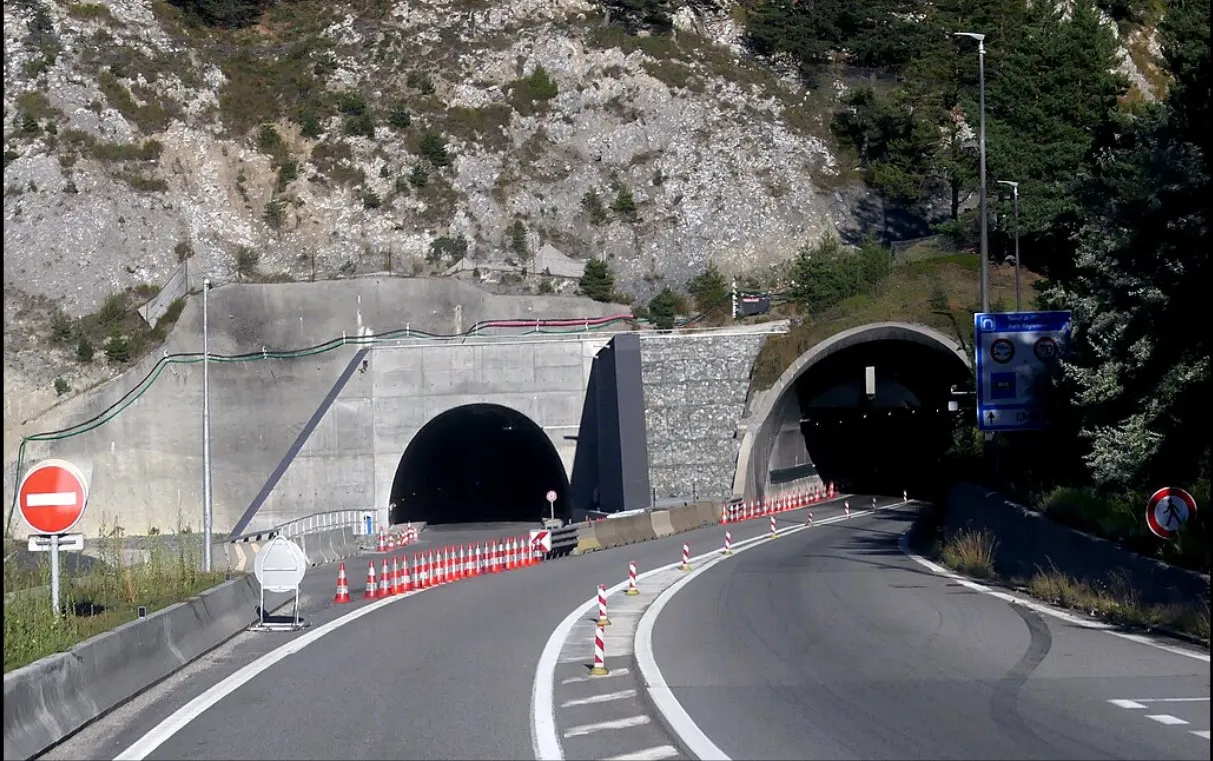The construction of the second Fréjus tube has been a major engineering undertaking with significant implications for European road freight. The new tunnel, nearly 13 kilometres long, will be used exclusively for traffic heading towards France, while the existing tube will carry vehicles bound for Italy. Although overall capacity will remain unchanged, the physical separation of traffic flows is expected to greatly enhance safety and traffic fluidity across the Alps.
Europe’s longest twin-tube road tunnel
The new Fréjus Tunnel measures precisely 12.848 km – with 6.495 km on the French side and 6.353 km on the Italian side – and runs parallel to the existing tube at a distance of around 50 metres. Its opening will make Fréjus the longest twin-tube motorway tunnel in Europe, overtaking the Gran Sasso.
In case you missed it: Drivers offered container sleep pods at logistics centre
Investment in safety and reliability
The construction cost €700 million, jointly funded by the concessionaires Sitaf (Italy) and Sftrf (France). Work began in December 2010 on the Italian side and in July 2011 on the French side. The breakthrough between the two tubes occurred on 17 November 2014, but the road to full operation was long and fraught with delays.
Originally scheduled for completion in 2021, the project was postponed four times due to the Covid-19 pandemic, rising material costs, and the need for additional safety testing.
Further reading: Hauliers warned: Netherlands plans roadside AdBlue checks
Opening comes at a crucial moment
The new tube opens at a critical – albeit much-delayed – moment. A planned 15-week closure of the Mont Blanc Tunnel will begin on 1 September 2025. During this period, freight traffic between Italy and France will be partially rerouted through the Fréjus Tunnel, which will become the main Alpine corridor for road haulage.
Modern safety and traffic management systems
User safety was a key focus of the project. The tunnel has been equipped with state-of-the-art systems: temperature sensors, smoke and fire detection, thermal imaging cameras at the entrances, a hydrant network every 130 metres, and nine cross-passages for rapid emergency access. A newly built, high-tech traffic control centre on the Italian side will oversee operations in both tubes.
Existing speed limits will remain in place – between 50 and 70 km/h – along with the mandatory minimum distance of 150 metres between vehicles.









